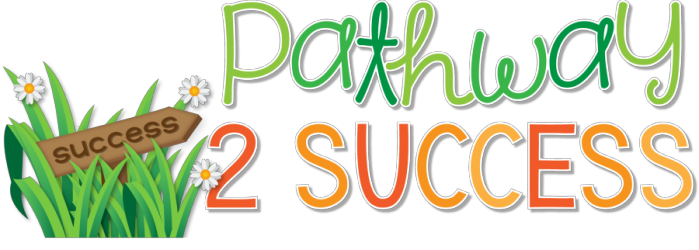Conflict resolution skills are the abilities we use to solve disagreements with others. Everyone encounters conflicts with others from time to time. This is part of the human experience, so being able to work through these problems is a life skill for people of all ages. With that in mind, kids and teens specifically need […]
Self-Advocacy for Kids and Teens with 5 Simple Steps
Self-advocacy is speaking up to get your needs met. This is a critical social skill for kids and teens to build since it helps them in all areas of their lives from academics and doing well in school to friendships and future employment. Why Self-Advocacy is Important for Kids and Teens Self-advocacy is important for […]
9 Research-Based Strategies to Integrate SEL
9 Research-Based Strategies to Integrate SEL
Co-Regulation Strategies: Techniques to Calm Kids and Teens
In tough times, kids themselves might not have the skills to regulate and calm themselves. This is where co-regulation comes in. Co-regulation is the practice of modeling and coaching self-regulation techniques for kids and teens. We can think of it like an extra support or intervention for struggling children and young adults. Ultimately, the ongoing […]
Kindness Activities for Kids: The Ultimate List
Kindness is an important skill to learn, practice and build over time. It’s one of those skills that cannot be taught and practiced enough. That’s because kindness actually makes a chain reaction of more kindness. From writing gratitude notes to decorating an area with kindness posters, there are countless ways to integrate extra kindness and […]
Co-Regulation: The power of sharing our calm with kids and teens
The idea of self-regulation for kids and teens is well known; this is the ability to manage our own thoughts, feelings, and actions. We use self-regulation skills when we calm down when we feel upset or overwhelmed. We also use self-regulation when we start a chore, even if we don’t feel like it in the […]
Self-Advocacy Skills: 14 Strategies to Help Kids & Teens Learn to Advocate
Self-advocacy is a critical skill for children and young adults. In the simplest terms, it is the ability to use strategies to get your needs met. Without a doubt, stronger self-advocacy skills can help kids improve academics, strengthen relationships, and build confidence as their authentic self. The importance of building self-advocacy with kids and teens […]
Social Emotional Learning Activities for Spring
Spring is the season of growth. This makes it an ideal time to integrate social-emotional learning activities for kids and young adults. From reading SEL-focused read alouds outside under the sun to starting a garden, there are ultimately countless ways to add SEL into your classroom this spring season. Below you’ll find several SEL activities […]
Calm Down Strategies for Kids and Teens
Calm down strategies are activities kids and teens can use to manage tough emotions, self-regulate, and feel more relaxed. These are important skills for every person to know, which is why it’s crucial to give kids and teens a foundation of strong calm down strategies early on. In turn, knowing and using these techniques can […]
25+ Social-Emotional Brain Breaks for the Classroom
Breaks are an evidence-based learning and behavior strategy for the classroom. While we want kids and young adults to spend more time learning in the classroom, the truth is that breaks are one of the best strategies to get there. What are the benefits to breaks in the classroom? Research tells us that breaks help […]
- « Previous Page
- 1
- 2
- 3
- 4
- …
- 14
- Next Page »













